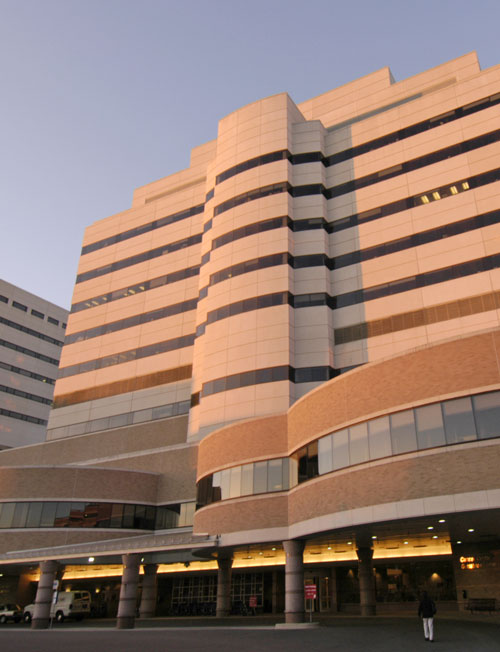A Successful Telemedicine Story
I used to live in a remote town that, for a time, literally had no doctors. One doctor moved away, another retired, and poof! — for six months you had to drive 100 miles to get your sore throat looked at.
Many people who’ve lived in rural areas, particularly in the West (where there’s a lot of dirt between the lights) can tell similar stories. Delivering quality healthcare in a remote place is difficult and economically challenging. And when the promptness of care is important, the long travel times that many rural residents must endure to get the services they need can be detrimental.
But satellites and cellular technology are helping to change that, and one particularly heartwarming success story comes to us today from the Dakotas:
By using digital mammograms and a satellite link-up, radiologists in Michigan were able to examine the mammograms of rural Native American women in North Dakota and South Dakota.
This pilot program by University of Michigan researchers was designed as an improvement over the use of films typically used in mobile mammography. Currently, it can take up to a week for women to get their results after having a mobile mammogram, and it can also be difficult to arrange for additional tests.
"Mobile mammography is a critical way for Native American women to get a mammogram. But what happens when a woman needs to be called back for more images? By transmitting the mammograms by satellite, a radiologist could read them on the spot, and three-quarters of the women who needed new images had those done immediately or within fewer than three days," Dr. Marilyn Roubidoux, professor of radiology at the U-M Medical School, said in a prepared statement.
In this pilot program, a mobile mammography unit performed 515 digital mammograms on women living on seven reservations in North Dakota and South Dakota. The images were then transmitted by satellite to the Breast Imaging Division of the university’s radiology department.
On average, it took about 50 minutes from the time the mammography images were sent until the women received a report about the findings. In some cases, when weather and technological factors were perfect, results came back within 30 minutes.
The University of Michigan press release on the pilot program can be found here.
